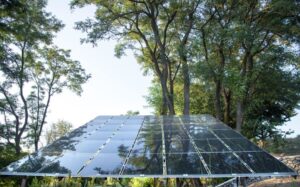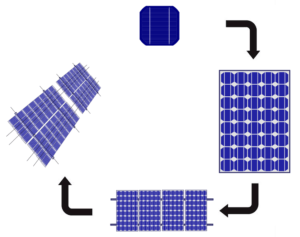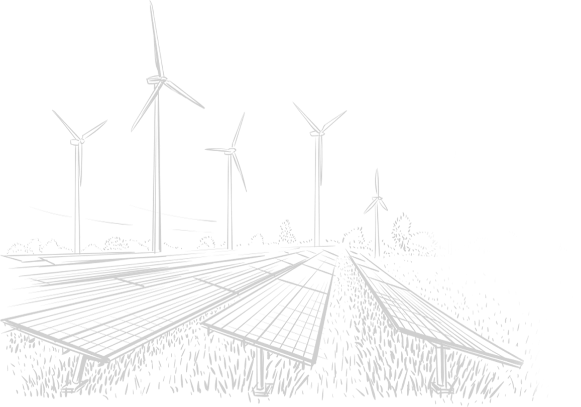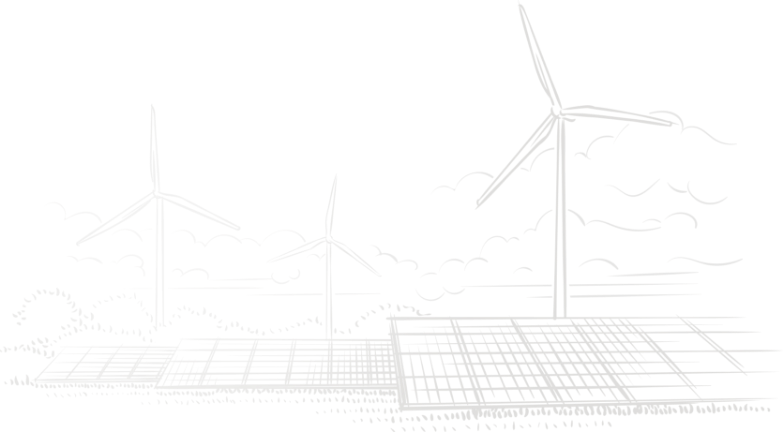In today’s rapidly developing solar energy field, the problem of performance degradation caused by shading of photovoltaic modules has always existed. Trees, utility poles, television antennas, and adjacent buildings often cast shadows on solar panels, thereby reducing their efficiency and energy output. However, recent advances in technology and design have made significant breakthroughs, effectively alleviating the impact of shading, marking an important step towards solving this long-term problem.
Traditional PV systems are highly susceptible to shading because they are typically connected in series, meaning that shading on one panel affects the output of the entire string. In such setups, the weakest link in the chain dictates the overall performance, resulting in reduced efficiency when even a small portion of a panel is shaded.
To address this challenge, innovative solutions have emerged. One breakthrough is the adoption of module-level power electronics (MLPE) such as microinverters and DC optimizers. These devices optimize the power output of individual panels, allowing them to operate independently from one another. With MLPE, if one panel is shaded, it will not affect the output of the entire system, maximizing energy production even under partial shading conditions.
Another notable advancement is the development of smart PV systems equipped with advanced monitoring and control capabilities. These systems use real-time data to detect shading and dynamically adjust panel configurations or energy flow to minimize losses. By optimizing performance at the panel level, smart PV systems ensure maximum efficiency regardless of shading events.
In addition, manufacturers also focus on improving the design of solar panels to enhance their sun shading resistance. An alternative approach to achieving good yield using bypass diodes. Each photovoltaic module is equipped with a bypass diode, which acts as a bridge when certain parts of the module are obstructed. When a shading area appears, the bypass diode is activated and conducts by changing the DC voltage applied to the inverter string, thereby bypassing the affected battery string of the photovoltaic module. Double sided solar panels can absorb light from both sides, further reducing the impact of shading and improving the efficiency of the entire system.
To minimize shading or mismatch loss as much as possible, string or multi-string inverters are equipped with one – or possibly multiple – maximum power point trackers (MPP trackers). Ideally, each string is furnished with one MPP tracker that continuously determines the optimum operating point of the connected strings and thus keeps the output of the PV system at maximum at all times.
While shading has historically posed challenges for solar energy systems, recent innovations in technology have revolutionized the landscape. With the adoption of MLPE, smart PV systems, and improved panel designs, shading issues are becoming a thing of the past. These advancements not only enhance the performance and reliability of solar installations but also contribute to the widespread adoption of clean and sustainable energy solutions worldwide.






